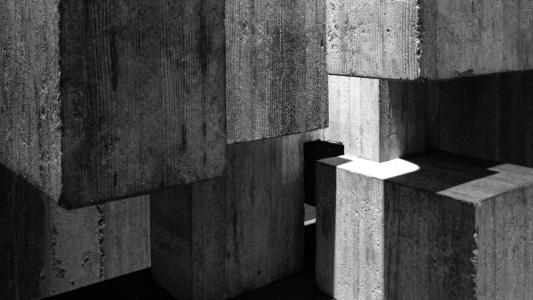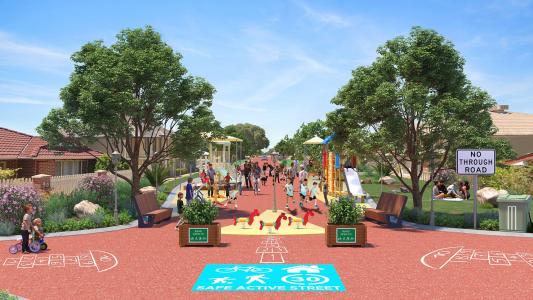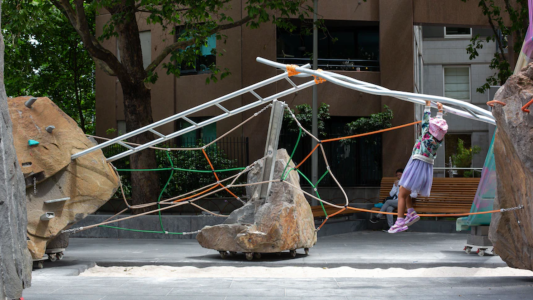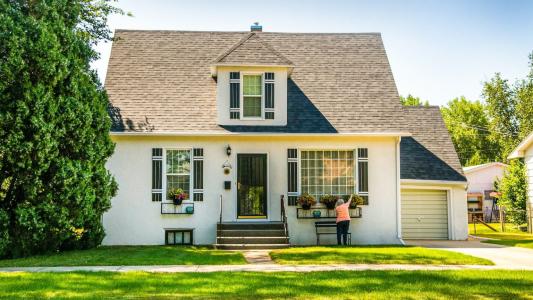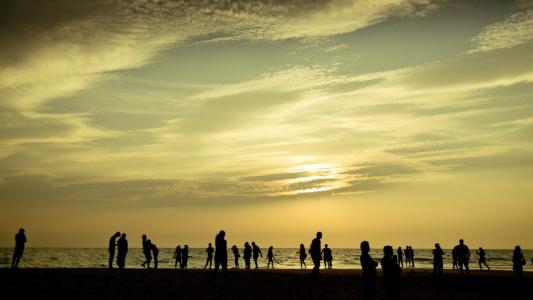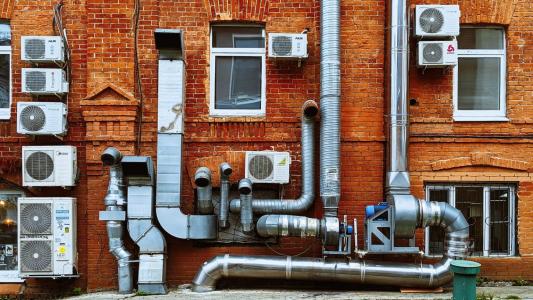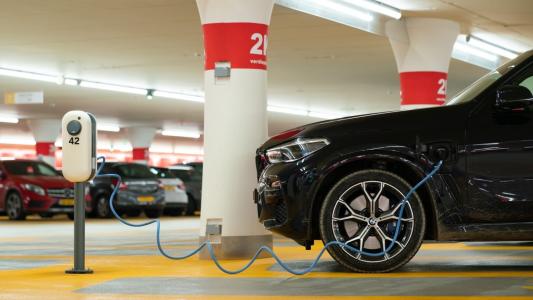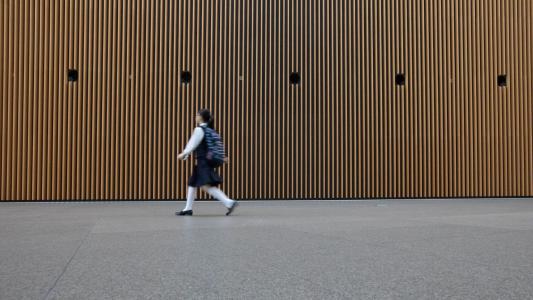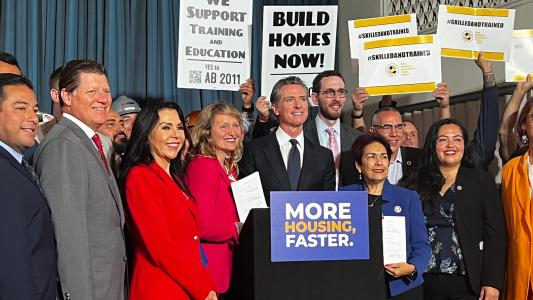Urban Living
What can cities do to survive extreme heat?
Urban heat waves are getting worse, but better data and timely government action could make them less deadly.
A green trifecta: how a concrete alternative can cut emissions, resource use, and waste
Building materials and construction generate about 20% of global greenhouse gas emissions. What if there was an alternative?
Kid-friendly superblocks are a way for residents to reclaim their streets
A superblock covers several neighbourhood blocks reserved for shared use by cyclists, walkers, and residents.
New “risky” playground could make kids anti-fragile
A new playground in Melbourne’s Southbank is the work of artist Mike Hewson, who introduces "risk" back into play.
Your house could become a rechargeable cement battery. Here’s how.
Rechargeable cement batteries could allow for whole sections of multi-storey buildings to be made of functional concrete.
Solar geoengineering could cool Earth, but some regions might continue warming
Some governments might try to “geoengineer” the planet by spraying substances into the upper atmosphere to reflect sunlight away from Earth.
Does turning the air conditioning off when you’re not home actually save energy?
Which is more efficient: running the air conditioning all day long, or turning it off during the day when you’re not there to enjoy it?
Stanford engineers warn that electric car charging could crash a grid powered by renewable energy
Most electric car charging is done at night. A grid powered mostly by renewable energy might not be able to meet demand.
Walking to school is more likely to keep kids active as they age
Children who walk or bike to school at a young age are more likely to continue the habit as they age, a new study shows.
“Up to 2.4 million new apartments” legalized by bipartisan California legislation
Millions of new apartments in commercial areas and near transit have been legalized by new California laws just signed by Governor Gavin Newsom.

